A digital SLR is the tool of choice for serious photography hobbyists, and working professionals in the field. This is because no other kind of camera offers the sheer flexibility and expandability a digital SLR camera is capable of. Photographers of all kinds also appreciate the durability and modular nature that modern cameras can offer, allowing them to switch from one type of photography to another in a snap.
The modular nature of an SLR camera is thanks to the massive aftermarket products and support now available on the market today. In addition to scores of different lenses, many kinds of filters, flashes, tripods, camera straps and other accessories only add to the flexibility a digital SLR already has. But what is the best selection for your needs? For the professional photographer, the right tools will allow him to do the right job with maximum efficiency.
Factors to Consider
The most popular brands of digital SLR’s today include Nikon, Canon, Pentax and Sony. Regardless of the brand, both the features and potential for expandability should be something a photographer of any level should look for first. You never know what might come in handy later on, so a complete feature set can only enhance your ability to take photos.
The first thing you should consider is your budget. Photography equipment can get especially expensive, especially if you dabble in more than one kind of photography. Buying up new lenses in addition to your camera body can end up into an endless downward spiral of money-spending madness if you are not careful.
When looking for a good DSLR camera for professional photography, look for the following:
Image Quality – Unless you are taking pictures for avant-garde art photography, a camera capable of crisp, clear images should be preferred every time. Megapixels won’t always matter on a digital SLR camera, but for professional work, the more the better. Image quality may be better on a more expensive camera, especially when shooting at high ISO levels, where grains may get heavier and heavier when light is not available.
Viewfinder Capabilities – While higher-end digital SLR cameras now have the option to select a live view on the LCD before snapping a picture, professionals still prefer to look through the viewfinder. Entry-level digital SLR cameras may only have the option to adjust a viewfinder for people who are shortsighted or nearsighted. Either way, what you see through the viewfinder should be what your picture will turn out to be when you take it.
Speed – Your shutter and focus speeds should also be capable of adjustment on a good digital SLR camera. Photographers who take pictures of fast-moving objects may also benefit from faster camera speeds.
ISO Range – Entry-level digital SLR cameras are typically only capable of ISO levels up to 1600 and 3200. Professional ones have an even larger range than this, and can be useful in many more situations than just low-light shooting.
Manual Control Range – The level of control a photographer has over his or her camera can affect the ability to snap good photos. While less controls make for a much easier-to-use camera, more controls allow more flexibility, especially if you are taking pictures professionally. The ergonomics and placement of these controls are also something a photographer may pick depending on personal preference.
Expandability – This is what makes the digital SLR camera the choice of serious hobbyists and professionals. Different kinds of lenses, flashes, tripods, bags, controls and more accessories can be fitted to a camera, depending on the brand. Typically, lenses are brand-exclusive, so while you may be able to re-use your lenses if you get a new camera body, the new camera body needs to come from the same manufacturer as your previous one.
Supported File Formats – Professionals will typically take photographs in RAW format. In addition to this, the ability to snap pictures in common image formats like JPG can be done while also being able to control the level of quality. Check a camera’s spec sheet for this before buying. Also, remember that some RAW formats are exclusive to the camera manufacturer.
Size and Weight – While lenses may come in sizes ranging from small to the utterly unwieldy without a proper mount, the digital SLR camera body can be another story. Even professional digital SLR cameras are relatively compact, and are made of lightweight materials like magnesium or aluminum.
The general appearance and handling of a digital SLR also need to be taken into account before choosing one.
Ergonomics – How the camera feels in your hand also matters a lot. Pick up a variety of digital SLR cameras and see which one will feel the best in your hands when at rest, while mounted on a tripod, or when moving around a lot. Just be careful not to drop one if you are trying one in a shop.
Camera Straps & Bags – Most digital SLR cameras will come stock with a camera strap which is durable enough to keep the camera slung on you at all times. Not many will come with a camera bag, so think about getting a padded one to protect your investment. Some camera bags will even have pockets for other accessories, such as provisions for different lenses, flashes and a tripod. A good bag is also essential for carrying around a digital SLR for professional photography.
*August 19 is World Photography Day
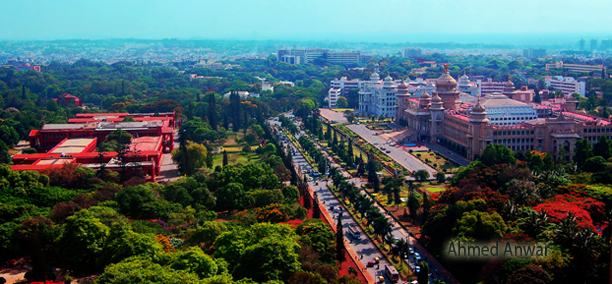
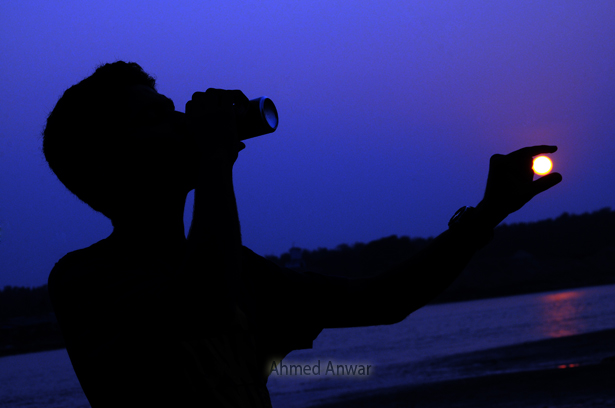

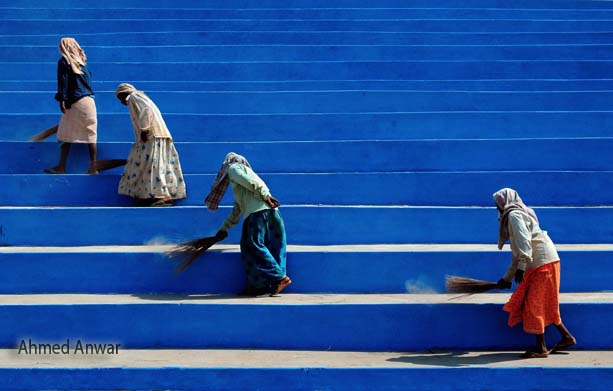
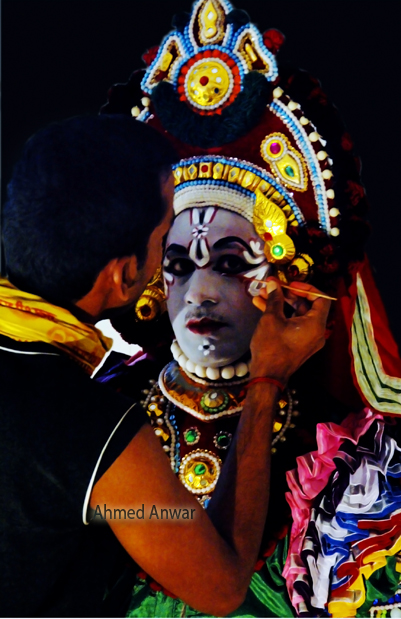
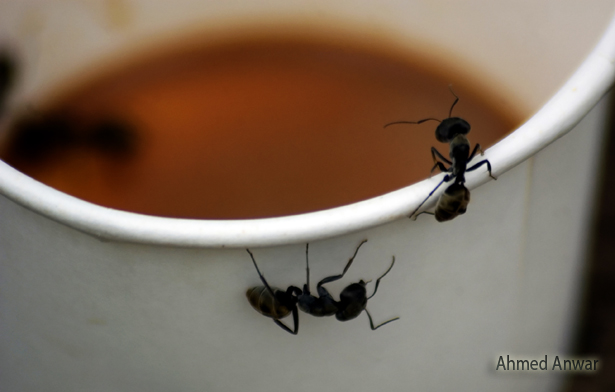
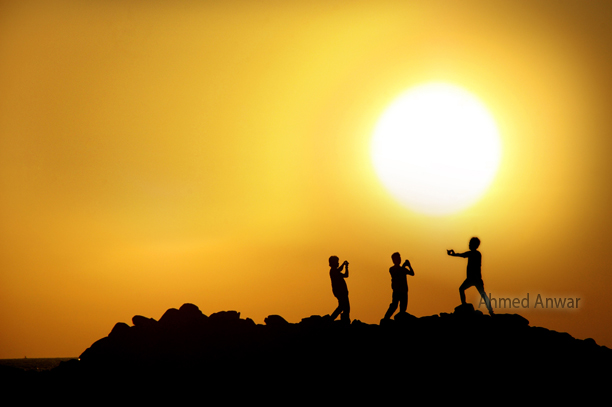
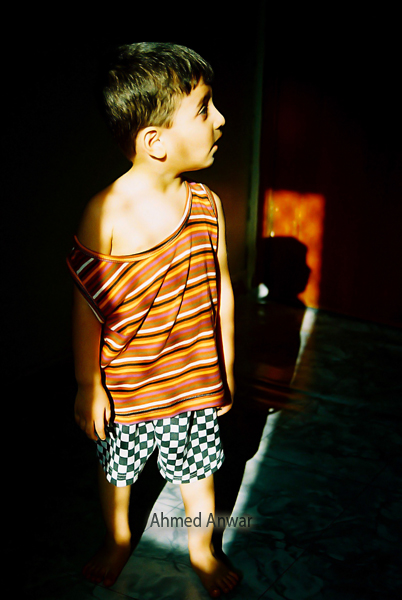
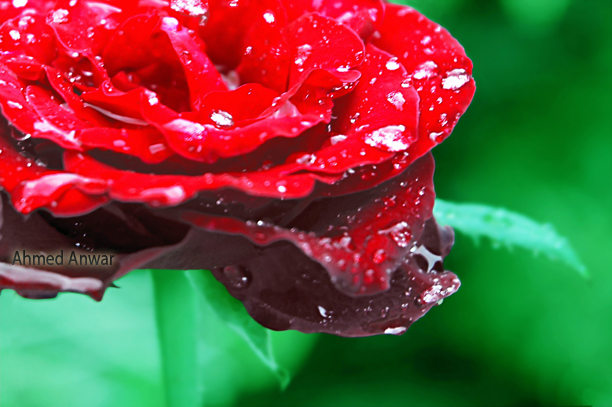
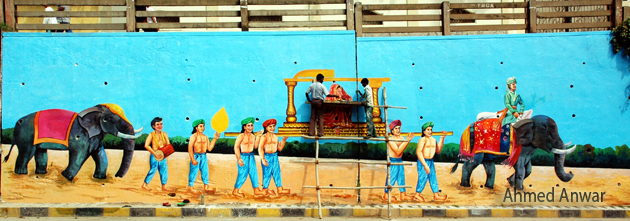
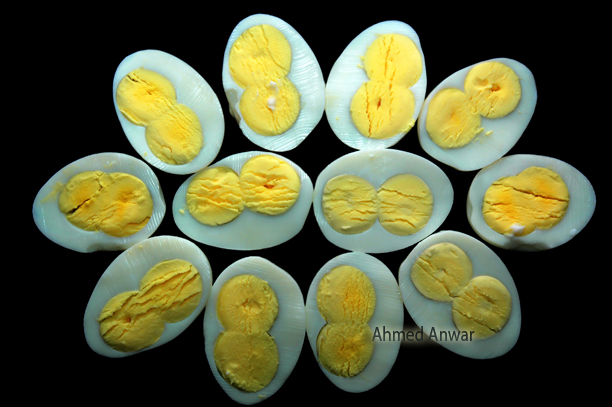
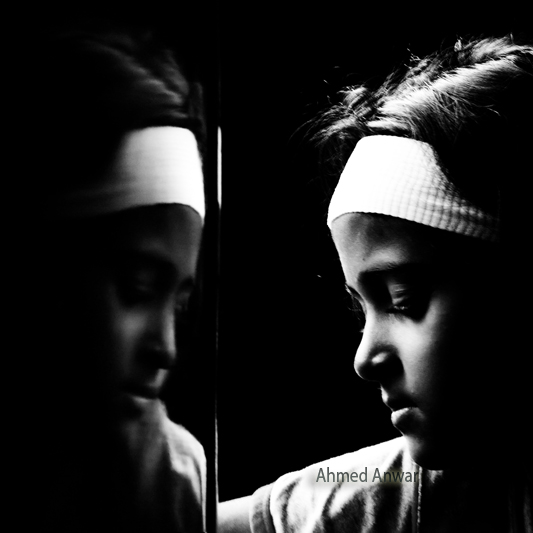
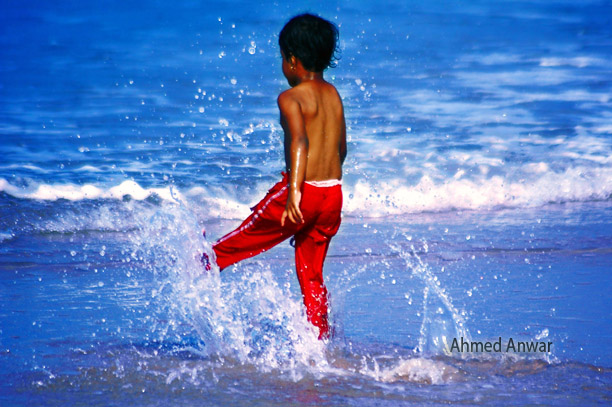
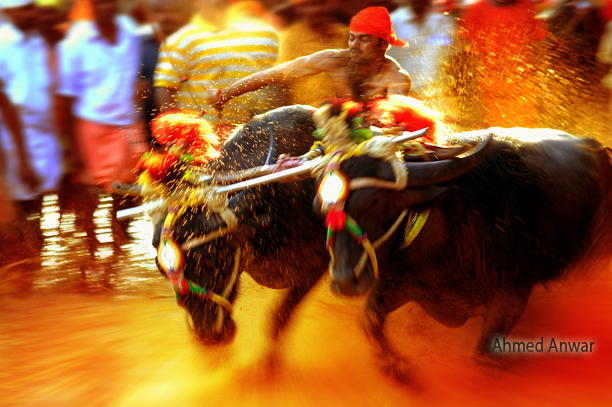
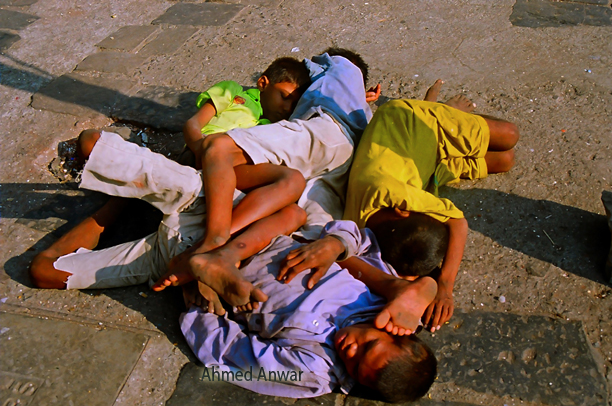
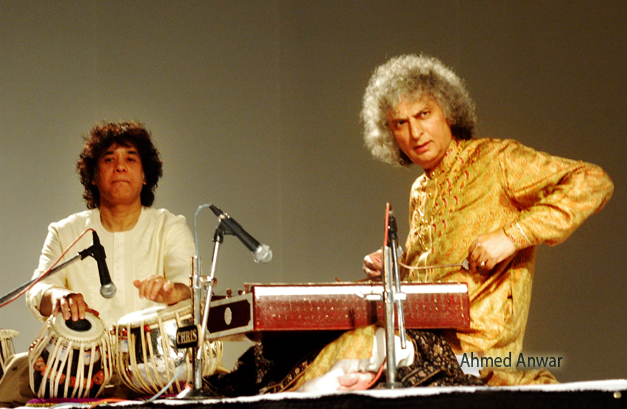





Comments
Add new comment